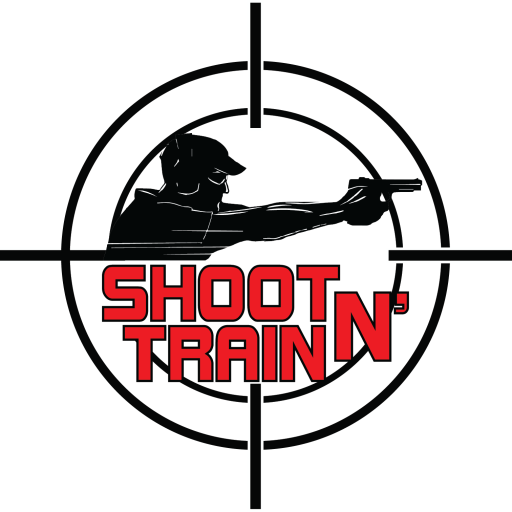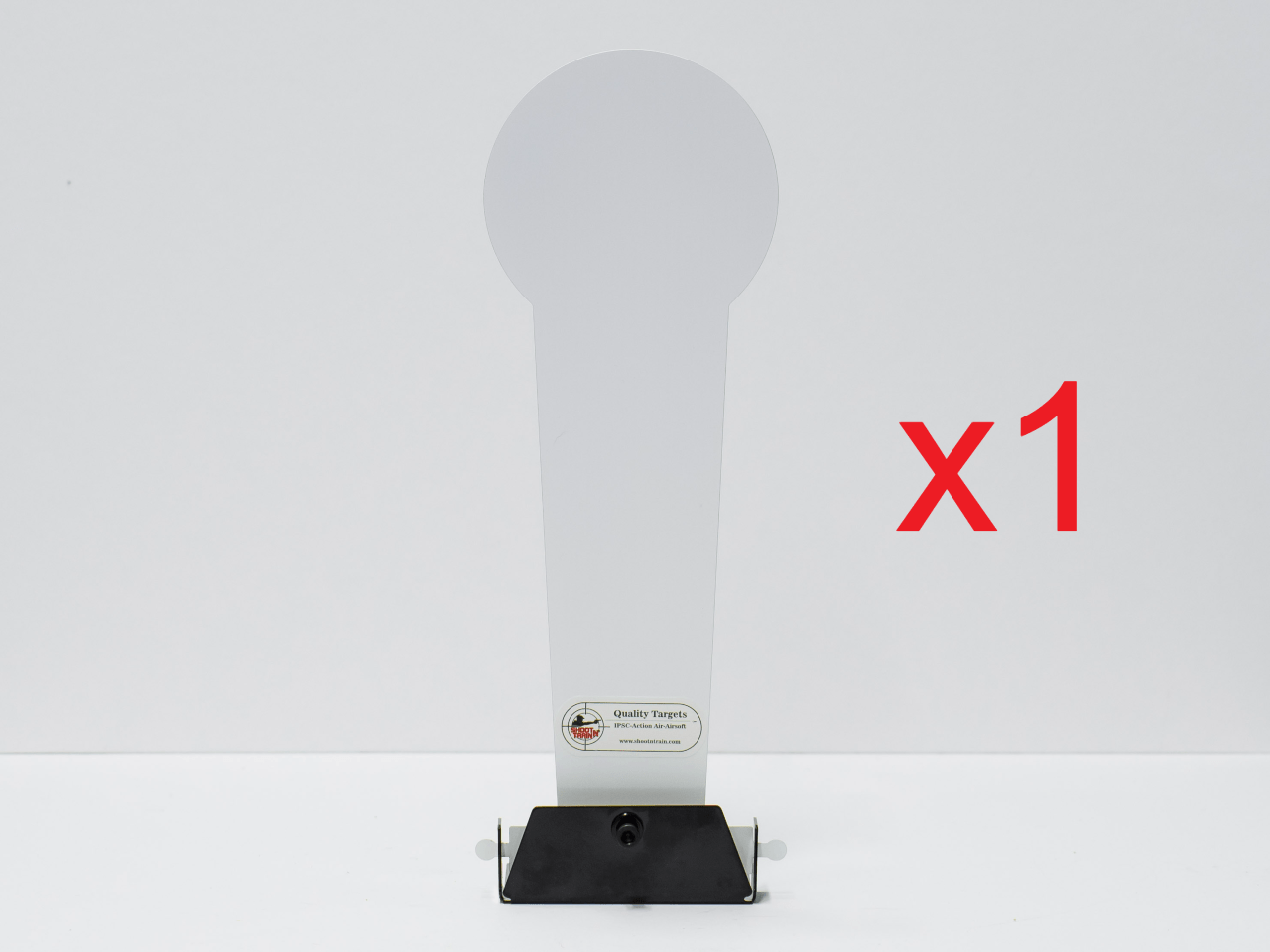
The Science Behind Effective IPSC Action Air Targets
Introduction
In the world of IPSC (Worldwide Practical Shooting Confederation) Action Air, targets play a vital role in producing an engaging and tough shooting experience. The Science Behind Reliable IPSC Action Air Targets is a subject ipsc targets that explores the intricacies of target design and how it affects the general performance of shooters in IPSC competitions. This post intends to supply a thorough understanding of the science behind developing effective IPSC Action Air targets, from the materials used to the design includes that boost shooter skills. Let's dive deep into this fascinating subject and uncover the tricks behind these targets.
The Importance of IPSC Targets
IPSC action air targets athens Shoot N' Train competitions are known for their vibrant and busy nature, requiring shooters to show accuracy, speed, and accuracy. The targets utilized in these competitions work as the primary point of focus for shooters, evaluating their ability to strike specific locations within a minimal timespan. For that reason, developing targets that precisely simulate real-life situations while offering instant feedback to shooters is paramount.
Materials Utilized for IPSC Targets
Steel: The Traditional Choice
One of the most frequently used products for IPSC targets is steel. Steel uses excellent durability, permitting targets to withstand thousands of rounds without substantial damage. Its hardness guarantees that bullets do not permeate or trigger extreme damage to the target surface area, making it perfect for high-intensity shooting sessions.
Paper: A Versatile Option
Paper targets have actually been a staple in shooting ranges for decades. They provide versatility in regards to designs and scoring zones. Paper targets are light-weight, easily exchangeable, and affordable. However, they lack the resilience of steel targets and may need routine replacements if used extensively.
Polymer: Integrating Toughness and Flexibility
Polymer targets are getting appeal due to their distinct mix of sturdiness and versatility. These targets are made from high-density polymer compounds that can manage recurring hits without substantial damage. Polymer targets provide the advantage of being light-weight and portable while still providing a realistic shooting experience.
Design Features for Effective IPSC Action Air Targets
Reactive Targets: Enhancing Shooter Feedback
Reactive targets are developed to offer instantaneous feedback to shooters. When hit, they produce noticeable and audible indicators such as falling plates or reactive swinging paddles. These functions help shooters assess their accuracy and speed, enabling instant changes in strategy. Reactive targets are essential for IPSC competitions as they simulate real-life situations where quick decision-making is crucial.
Scoring Zones: Accuracy Training Tools
IPSC targets typically feature scoring zones that challenge shooters to strike particular locations with accuracy. These zones vary in shapes and size, providing different levels of problem. By concentrating on hitting smaller scoring zones, shooters can enhance their accuracy and control over their shots. Furthermore, scoring zones permit reasonable and unbiased assessment during competitions, making sure that skill and precision are rewarded.
Target Motion: Dynamic Shooting Experience
Static targets can end up being foreseeable over time, diminishing the challenge for skilled shooters. To resolve this, IPSC targets incorporate motion mechanisms that replicate real-life circumstances. Targets can swing, rotate, or move unexpectedly, needing shooters to adapt quickly and make split-second decisions. This dynamic shooting experience boosts shooter abilities by imitating the pressure and unpredictability present in real-world situations.
Target Positioning: Creating Sensible Scenarios
Strategic target placement plays a crucial function in creating realistic situations for IPSC competitions. Targets may be placed at various ranges, angles, and heights to replicate various shooting environments. By doing so, shooters must navigate through complex phases that need them to change their shooting methods accordingly. This reasonable setup guarantees that competitors are well-prepared for real-life scenarios where flexibility is paramount.

FAQs About IPSC Action Air Targets
- A: IPSC Action Air targets are particularly developed to simulate real-life scenarios, incorporating movement, scoring zones, and reactive features that challenge shooters' accuracy and speed.
- A: Yes, IPSC Action Air targets cater to both novices and knowledgeable shooters. The range of target designs and trouble levels permit shooters to advance at their own speed while continuously enhancing their skills.
- A: Reactive targets offer immediate visual or acoustic feedback when hit. This permits shooters to assess their precision and speed in real-time, allowing them to make adjustments and enhance their performance.
- A: Absolutely! IPSC Action Air targets are designed to hold up against outdoor conditions. Steel targets are especially popular due to their sturdiness and resistance to environmental elements such as rain or sunlight.
- A: Yes, IPSC competitors have stringent rules concerning target placement. These standards ensure a fair and consistent experience for all rivals while imitating sensible shooting scenarios.
- A: IPSC Action Air targets integrate various design functions that challenge shooters' precision, speed, versatility, and decision-making skills. Routine practice with these targets permits shooters to develop a well-rounded ability essential for real-world shooting situations.
Conclusion
The Science Behind Efficient IPSC Action Air Targets encompasses a variety of elements that contribute to the overall shooting experience in IPSC competitions. From the products utilized to the style features integrated, every element is thoroughly crafted to boost shooter skills and mimic real-life scenarios. By comprehending the science behind these targets, shooters can make educated choices concerning their IPSC equipment and equipment. Whether it's steel, paper, or polymer targets, the objective remains the exact same-- to provide an engaging and tough shooting experience that promotes skill advancement and competition on the planet of IPSC Action Air.